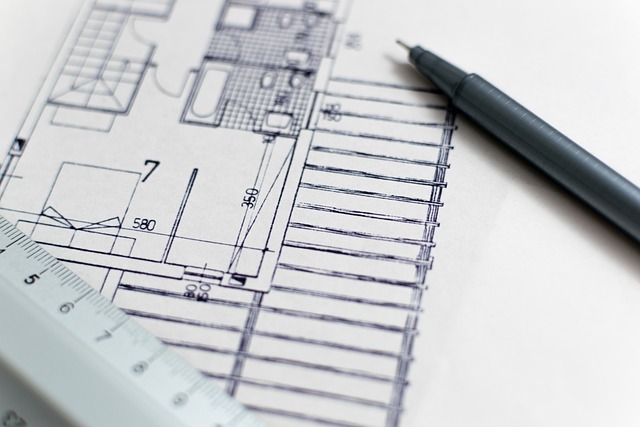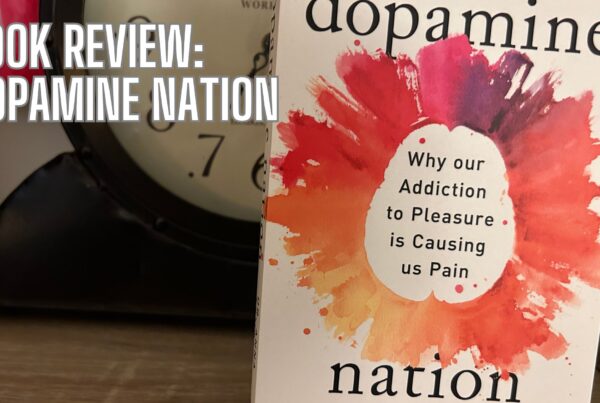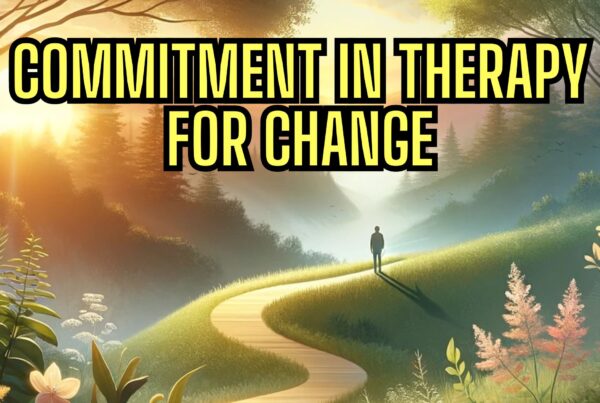The Process of Building a Habit: A Comprehensive Guide
Building a Habit
Building a habit that sticks is akin to constructing a sturdy bridge. It requires a solid foundation, the right materials, and a clear blueprint. Drawing from the wisdom of James Clear’s “Atomic Habits,” let’s explore the process of building a habit that not only stands strong but also leads us to a healthier and happier life.
The Four Pillars of Building a Habit
The process of building a habit can be broken down into four fundamental steps: cue, craving, response, and reward. Think of these as the four pillars supporting our habit bridge.
The First Pillar: Cue
The cue is the signal that initiates the habit. It’s like the blueprint of our bridge, guiding us where to start. To build a habit, we need to make the cue obvious. It’s about creating a noticeable trigger to initiate the behavior. For example, if you want to start a habit of daily meditation, place your meditation cushion in a visible spot. This visual cue will remind you to meditate each day. The more obvious the cue, the easier it is to start the habit.
The Second Pillar: Craving
The craving is the motivation or desire to perform the habit. It’s like the workers who bring the blueprint to life. To make a habit stick, we need to make the craving attractive. This is about focusing on the positive feelings or rewards associated with the habit. For instance, if you’re trying to establish a habit of regular exercise, focus on the feeling of accomplishment after a workout, or the increased energy levels throughout the day. By associating the habit with attractive outcomes, we can increase our motivation to perform it.
The Third Pillar: Response
The response is the actual behavior or action. It’s like the materials used to construct the bridge. To make a habit stick, we need to make the response easy. This involves breaking down your new habit into small, manageable steps. If your goal is to read more, start with just a few pages each day. By reducing the effort required to perform the habit, we increase the likelihood of following through.
The Fourth Pillar: Reward
The reward is the end goal of the habit. It’s like the completed bridge, providing a sense of accomplishment. To make a habit stick, we need to make the reward satisfying. This involves rewarding yourself when you stick to your new habit. If you’ve managed to read every day for a week, treat yourself to a new book or a favorite dessert. The reward not only provides a sense of satisfaction but also reinforces the habit loop, making it more likely to be repeated.
Harnessing the Power of Hypnosis and Mindfulness with Building a Habit
In the journey of habit formation, hypnosis and mindfulness can be powerful allies. Hypnosis allows us to access our subconscious mind, where our habits reside, and reshape our thought patterns. It’s like a skilled architect who can redesign the blueprint of our bridge. Through hypnosis, we can alter our perception of cues and rewards, making the habit more appealing and the rewards more satisfying.
Mindfulness, on the other hand, is like a vigilant site supervisor, keeping us aware and focused on our journey towards new habits. It involves being present and conscious of our actions, allowing us to notice cues, acknowledge cravings, and appreciate rewards. By practicing mindfulness, we can become more attuned to our behaviors and make intentional decisions towards healthier habits.
The Journey of Habit Formation
The process of building a habit is a journey. It begins with a single step – the cue – and continues through the craving, the response, and finally, the reward. Each step is crucial and plays a unique role in habit formation. But remember, building a habit is not a one-time event. It’s a continuous process that requires consistency and patience.
In the words of James Clear, “Every action you take is a vote for the type of person you wish to become.” So, start casting your votes for healthier habits today! By understanding and applying the four pillars of habit formation, and harnessing the power of hypnosis and mindfulness, you can build habits that stick and transform your life for the better.
Atomic Habits
As mentioned above, James Clear is the person who shared ‘Atomic Habits’ with the world. If you’re keen to explore and understand your habits in greater detail, you can get his book Atomic Habits in hardcopy, Kindle, or Audible.
You can also pick up a copy of his “Atomic Habits Workbook: Unlock the Power of James Clears’ Atomic Habits with This Comprehensive Workbook and 30-Day Guided Personal Habit Plan”.
Release Hypnosis Melbourne Hypnotherapy
Since 2016, Lawrence Akers has been working under the name Release Hypnosis offering Hypnotherapy and ACT based work to the people of Melbourne or an online service. Based on St Kilda Rd, Release Hypnosis is an easy and convenient location to get to and accessible by the ANZAC station train and tram stop. Release Hypnosis can help with a wide range of presenting issues, and I offer a free 30 minute no obligation discovery call for those who are unsure if hypnotherapy is the right way forward for them.
Book Your FREE 30 Minute Consultation With Release Hypnosis NOW!
You may also like to read:
The Key Components of Habit Formation
How to Change Your Habits: Tips from a Clinical Hypnotherapist
Is a Habit the Same as an Addiction?
How to Break the Nail-Biting Habit








